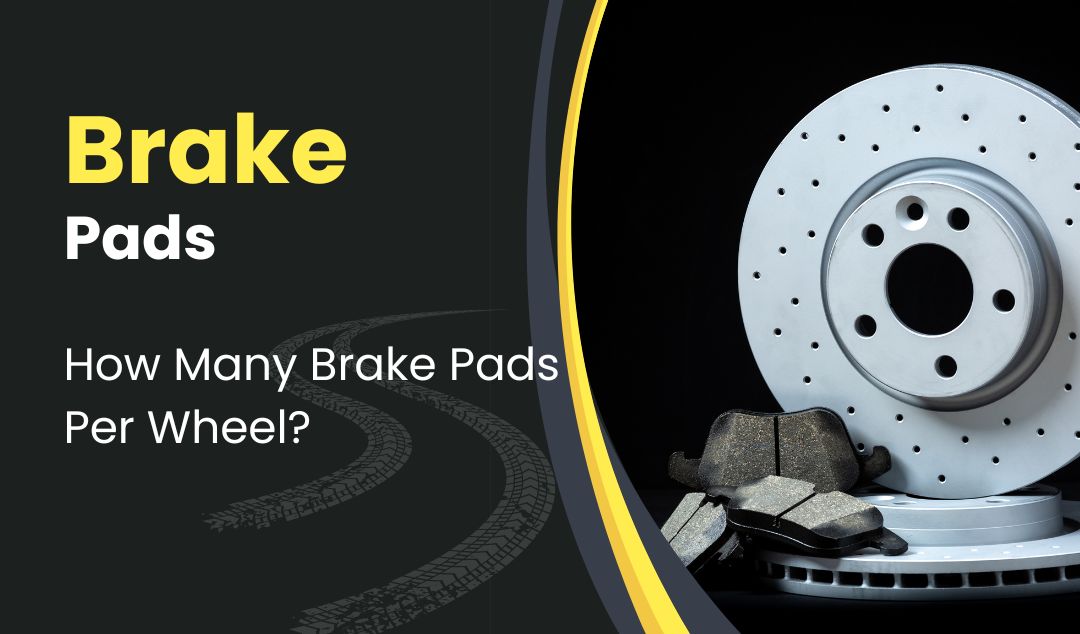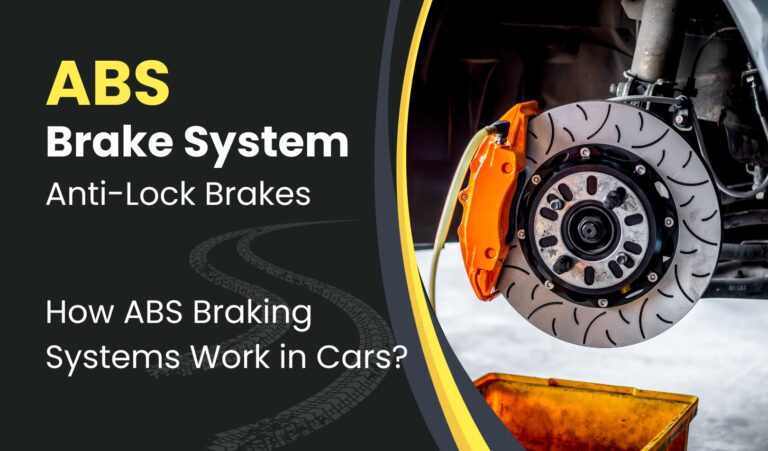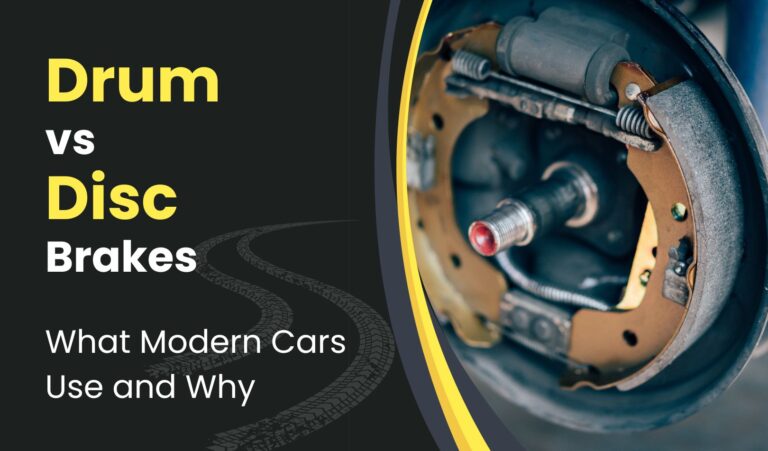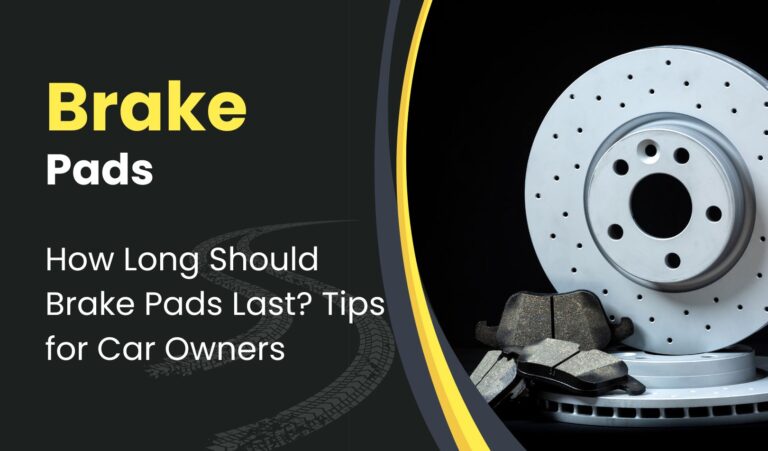How Many Brake Pads Per Wheel: Tips for Car Maintenance

When it comes to car maintenance, understanding how many brake pads per wheel is crucial for ensuring safety on the road. Brake pads are a vital component of a vehicle’s braking system, responsible for creating friction to slow down or stop the car. Mobile Mechanic Columbia SC professionals often emphasize the significance of regular brake pad inspections and replacements to maintain optimal braking performance.
The number of brake pads per wheel can vary depending on the vehicle’s make and model. This article explores the basics of brake pads, including their types, materials, and lifespan. It also discusses signs of worn brake pads, such as unusual noises or reduced braking efficiency. By understanding these aspects, car owners can better maintain their vehicles and ensure a safer driving experience.
Brake Pad Basics
Brake pads are a crucial component of a vehicle’s disk brake system. They consist of steel backing plates with friction material bound to the surface facing the disk brake rotors. These pads play a vital role in converting the kinetic energy of a moving vehicle into thermal energy through friction, enabling the car to slow down or stop.
Free Brake Inspection by Expert Technicians.
Types of brake pads
There are several types of brake pads available, including:
- Semi-metallic: Composed of 30-65% metal, these are durable and common.
- Ceramic: Made from ceramic fibers, these are quieter and cleaner but more expensive.
- Non-Asbestos Organic (NAO): Constructed from organic materials like rubber, Kevlar, or fiberglass.
- Low-Metallic NAO: A mix of organic formula with 10-30% metal for better heat transfer.
Function of brake pads in vehicle safety
Brake pads are essential for vehicle safety. When the driver presses the brake pedal, hydraulic pressure forces the brake pads against the spinning rotor. This creates friction, slowing the wheel’s rotation and, consequently, the vehicle. Regular inspection and timely replacement of brake pads are crucial to maintain optimal braking performance and ensure safety on the road.
Read: How Long Should Brake Pads Last? Tips for Car Owners
Number of Brake Pads per Wheel
Standard configuration
Most passenger vehicles typically have four brake pads per wheel, totaling 16 brake pads. Each wheel assembly has two brake pads that clamp onto the brake rotor to slow and stop the vehicle. The brake caliper uses two pads on each side of the rotor/disk. For cars with front and rear rotors, four brake pads are needed for front brakes and four for the rear.
Variations in different vehicle types
While four brake pads per wheel is standard, some variations exist. Older or smaller cars may have disk brakes only on the front wheels, resulting in two brake pads. Certain high-end vehicles, like Rolls Royce and some Volvos, may have four calipers, requiring eight pads in total. However, these cases are rare.
Factors affecting brake pad count
Brake pad count can be influenced by vehicle weight, size, and braking system design. Front and rear brake pads may differ in size and composition, with front pads often handling more braking load due to weight shift during braking. This can lead to faster wear on front brake pads compared to rear ones.
Free Brake Inspection by Expert Technicians.
Signs of Worn Brake Pads
Squealing or grinding noises
One of the most obvious indicators of worn brake pads is a high-pitched squealing or grinding noise when applying the brakes. This sound is caused by the metal wear indicator coming into contact with the brake rotor. As the pads wear down, the noise may become more persistent and louder.
Reduced braking performance
Worn brake pads can lead to decreased braking power. Drivers may notice that their vehicle takes longer to stop or requires more pressure on the brake pedal. This reduced performance can be dangerous and should be addressed promptly. Brake Repair specialists can assess the condition of the brake system and recommend necessary replacements.
Visible wear indicators
Many brake pads have built-in wear indicators. These can be mechanical tabs that make contact with the rotor or electrical sensors that trigger a dashboard warning light. Regular visual inspections can help identify these indicators before they cause more severe issues.
Vibrations while braking
Vibrations in the steering wheel or brake pedal during braking can signify worn or warped brake components. This may be accompanied by uneven braking pressure or the vehicle pulling to one side while stopping. Such symptoms warrant immediate attention from a qualified technician.
Conclusion
Understanding the intricacies of brake pads and their role in vehicle safety is crucial for every car owner. Regular inspections and timely replacements are key to maintaining optimal braking performance and ensuring safety on the road. Mobile Mechanic Columbia SC professionals emphasize the importance of being aware of signs that indicate worn brake pads, such as unusual noises or reduced braking efficiency.
Knowing how many brake pads per wheel your vehicle requires is essential for proper maintenance. While most cars have four brake pads per wheel, variations exist based on the vehicle’s make and model. By staying informed about these aspects and paying attention to warning signs, drivers can take proactive steps to keep their braking systems in top condition, ultimately contributing to a safer driving experience for everyone on the road.
FAQs
- How many brake pads are typically found on each wheel of a car?
Most cars are equipped with two brake pads per wheel, both at the front and the rear. However, some vehicles may have configurations with two pads per single wheel, totaling eight pads, or systems with two calipers, each potentially having four pads. - What is the usual number of brake rotors on each wheel?
A vehicle may have either two or four brake rotors in total. If a car has two brake rotors, they are generally installed on the front wheels, while drum brakes are used on the rear wheels. In contrast, a four-wheel disk brake system features one disk brake at each wheel. - What is the cost range for replacing brake pads per wheel?
The cost for replacing brake pads can range from $35 to $150 for the parts for all four wheels. Labor costs are typically between $80 and $120 per axle, which sums up to a total cost of about $115 to $270 per axle. - Are brake pads sold in pairs or in sets of four?
Brake pads are usually sold in sets of four. It is recommended to replace all the brake pads in the set even if only some are worn out, as the inner and outer brake pads at each wheel often differ in thickness.





